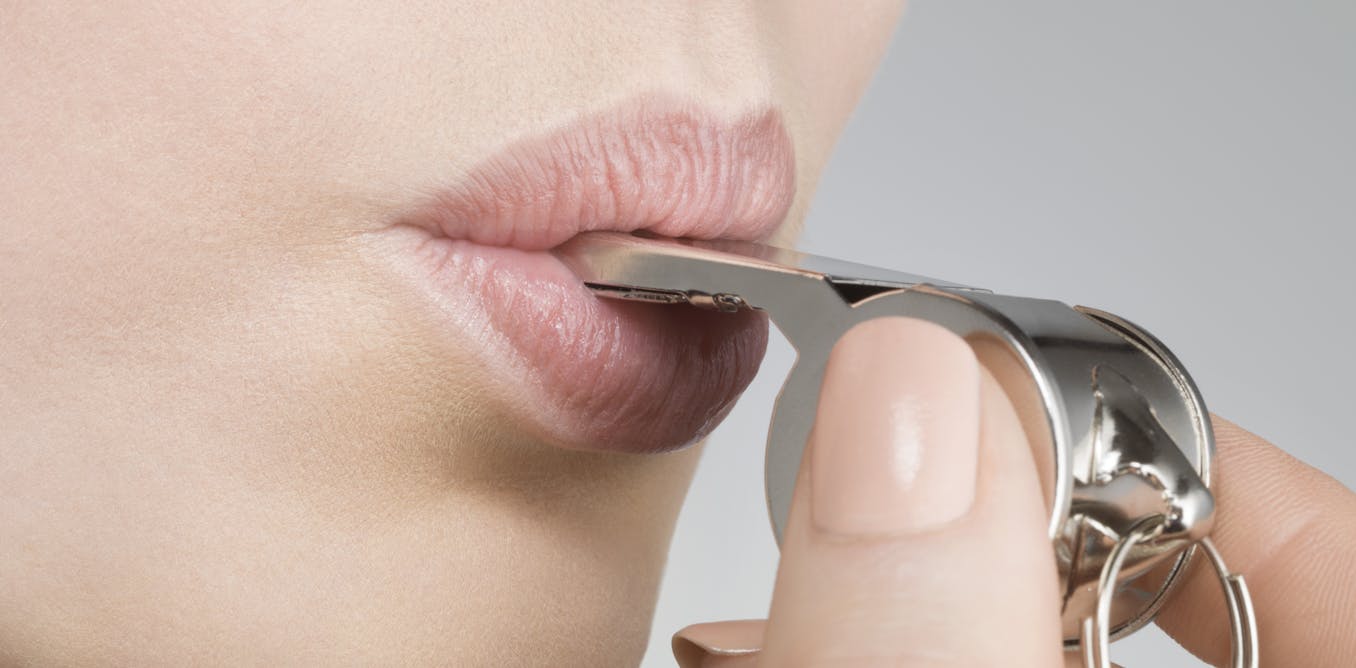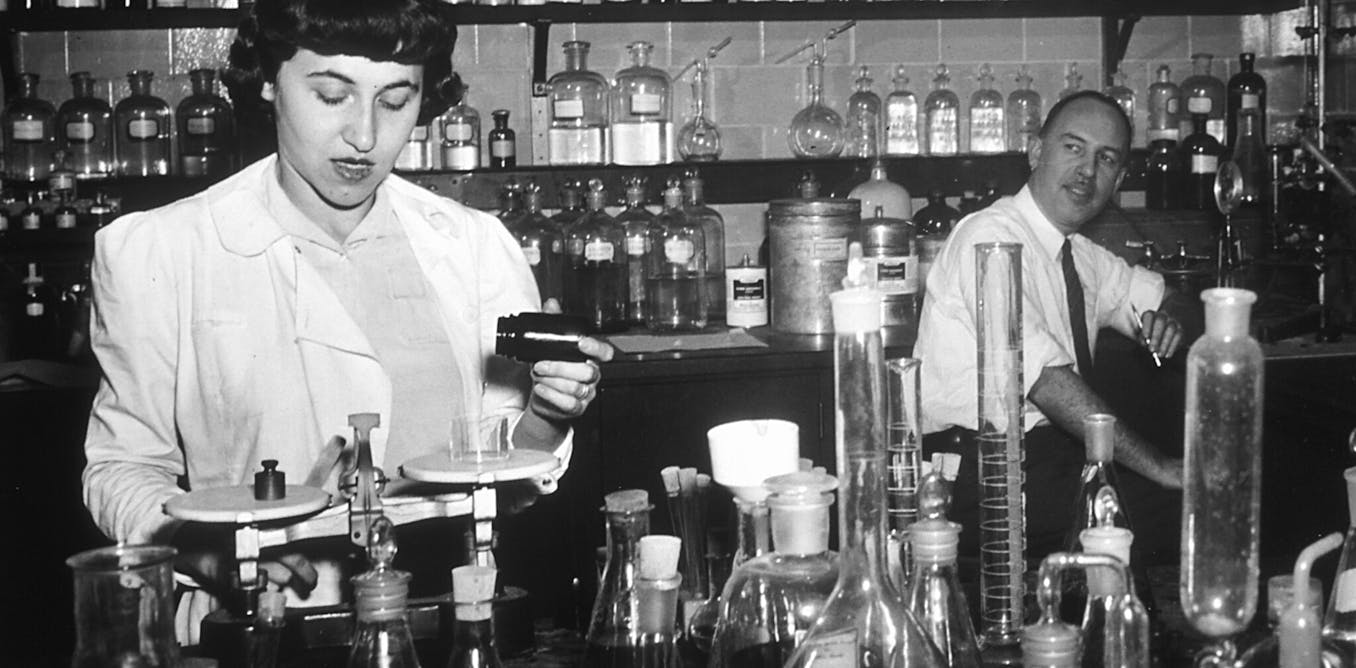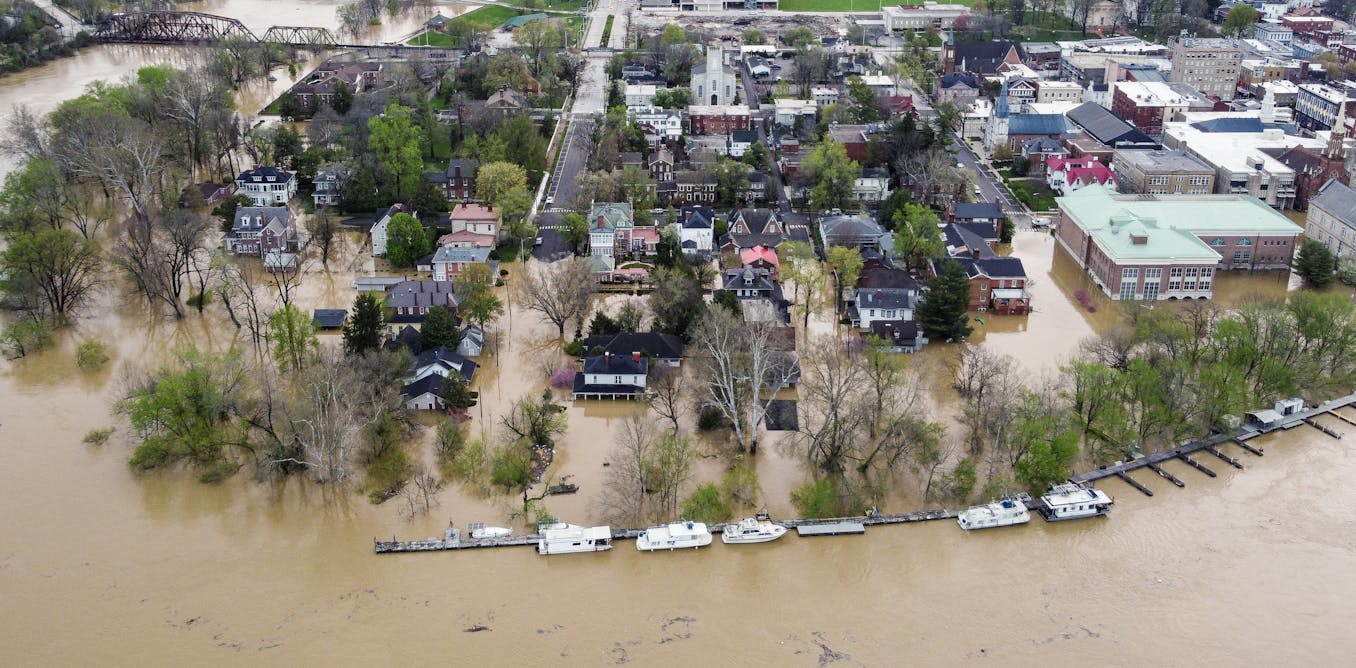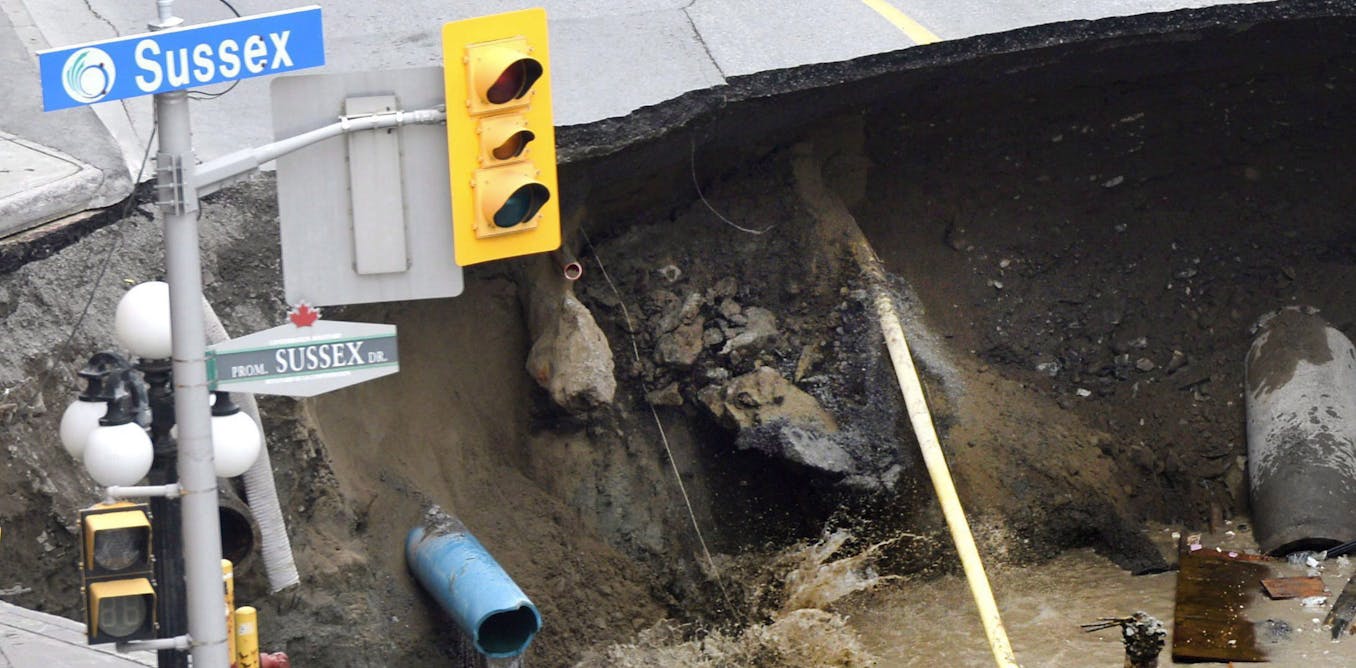Underwater welders have one of the deadliest jobs in the world, being about 40 times more likely to die on the job than the average worker in the US. Despite the risks, these welders are essential for maintaining the integrity of bridges and piers across the globe. In Indonesia, we followed welders who dive into polluted waters with minimal protection to build piers for booming petrochemical plants.
The risks of underwater welding are great, with divers facing the dangers of extreme water pressure, electric shock, and the potential for drowning. Despite these dangers, underwater welding is crucial for ensuring the structural stability of bridges and piers that support transportation and industry.
The process of underwater welding involves using specialized equipment and techniques to join metal components underwater. Divers must rely on their training and expertise to complete tasks efficiently and safely in challenging conditions.
To protect themselves during underwater welding, divers use drysuits, helmets, and other safety equipment to minimize the risks of water exposure and injury. These precautions are essential for preventing accidents and ensuring the safety of the divers.
Petrochemical plants play a vital role in Indonesia’s economy by fueling the demand for oil and other industrial products. However, the pollution generated by these plants poses environmental and health risks for workers and nearby communities.
In conclusion, while underwater welding is undoubtedly one of the most dangerous jobs in the world, it is essential for maintaining the infrastructure that supports our modern society. By understanding and addressing the risks associated with this job, we can ensure the safety and well-being of the brave individuals who undertake this crucial work.
Watch the video by Business Insider
Video “Why The Deadliest Job In The World Is Essential To Keep Bridges And Piers Standing | Risky Business” was uploaded on 06/21/2024 to Youtube Channel Business Insider







































